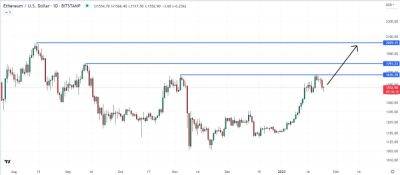2023 will see the death of play-to-earn gaming
Play-to-earn gaming enabled by blockchain technology has grown exponentially over the few years.
Gamers have embraced the opportunity to collect cryptocurrencies or nonfungible tokens (NFTs) that have been produced in blockchain-based games.
Through the advent of this new technology, players have been able to generate income by selling in-game NFTs or earning cryptocurrency rewards, both of which can be exchanged for fiat cash.
Because of this, according to data from Absolute Reports, the estimated value of the GameFi industry will grow to $2.8 billion by 2028, with a compound annual growth rate of 20.4% over the same period. But such predictions may well prove to be unfounded.
Given the rate of exponential growth over recent years, one might think that there was absolutely no reason to believe the trend would not continue well into 2023 and beyond. Right? Wrong.
As we have seen with the ignominious case of former crypto king Sam Bankman-Fried and the implosion of FTX, a castle built on a flimsy foundation of sand can be easily washed away when the tide comes in and goes back out again.
Related: GameFi developers could be facing big fines and hard time
Or, as legendary investor Warren Buffett liked to put it: “Only when the tide goes out do you discover who’s been swimming naked.”
We may be about to learn who these people are. The fact of the matter is the play-to-earn gaming industry is not built on firm foundations. The foundations are fragile and flimsy, and this could well spell trouble in 2023. The whole edifice looks set to come crashing down.
The structure of the current GameFi market is token-centric and this can create a number of issues. Project owners issue their tokens which are listed on exchanges first
Read more on cointelegraph.com

















